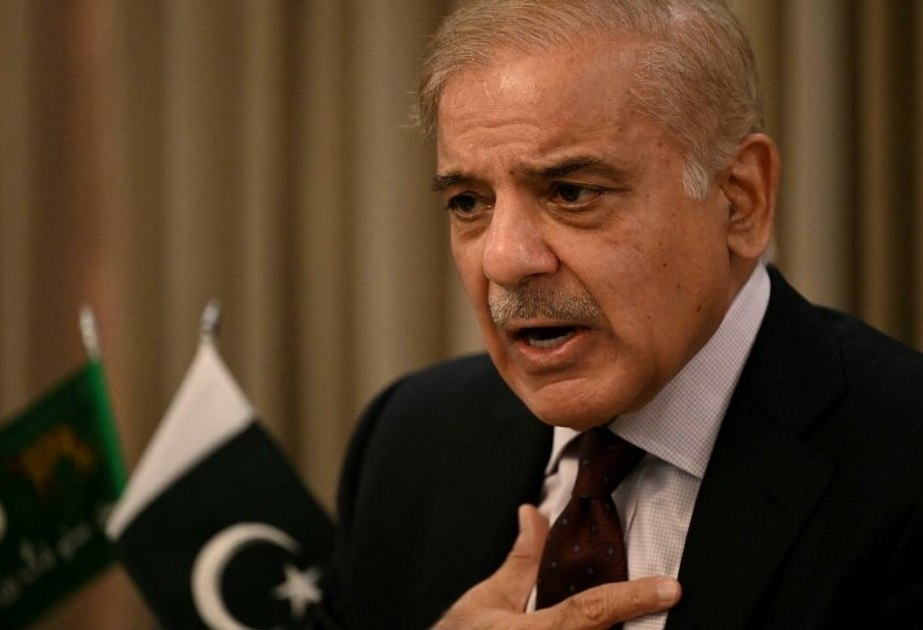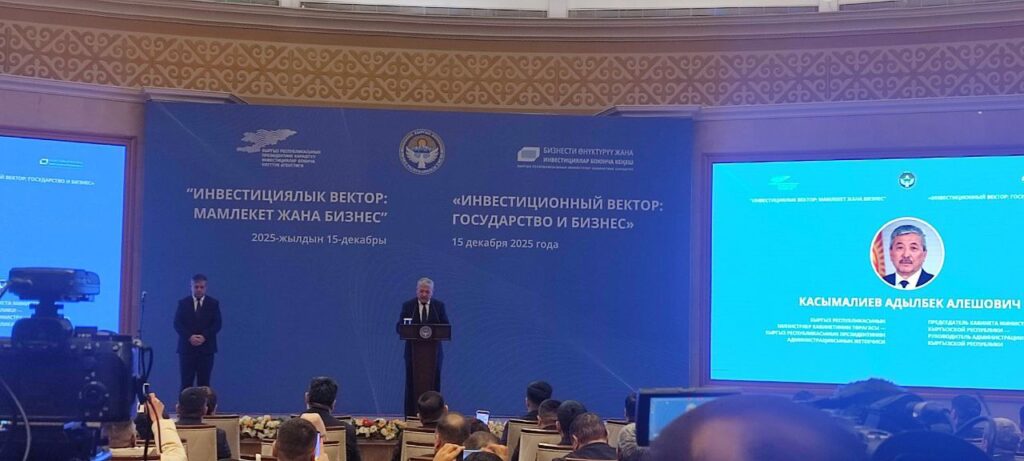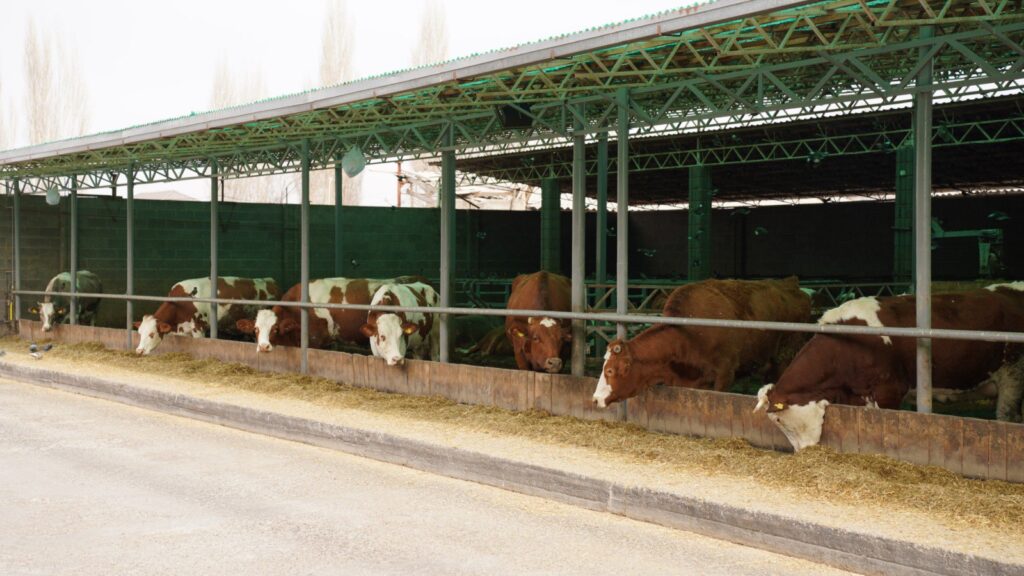The Prime Minister of Pakistan, Shahbaz Sharif has chosen Tajikistan for his first foreign visit after being re-elected as the head of government. On July 2, he will hold talks with Tajik President Emomali Rahmon in Dushanbe, before traveling with him to the SCO summit in Astana. The head of Tajikistan and Sharif are expected to discuss the implementation of agreements reached during Rahmon’s visit to Pakistan two years ago.
Pakistan’s capital, Islamabad, is interested in speeding up the start of the CASA-1000 energy project and expanding cooperation in transport and security. In exchange, Tajikistan is seeking access to Pakistan’s ports of Karachi and Gwadar. In December 2022, Rahmon visited Islamabad, where eight documents were signed at the end of negotiations with Sharif.
“The fact is that Tajikistan’s intelligence services have historically not had warm relations with Pakistan, whose intelligence services have supported various militant groups in Afghanistan. But times are changing. In addition, it should be noted that today, Pakistan is closely cooperating with China economically and politically in the same way that active cooperation between China and Dushanbe is taking place,” said Alexander Vorobyov, a researcher at the Institute of Oriental Studies of the Russian Academy of Sciences and head of the Center for Public Diplomacy and World Policy Analysis.
According to Vorobyov, improving relations between Tajikistan and Uzbekistan, whose authorities are actively promoting a project to create the Trans-Afghan railway “Termez–Mazar-i–Sharif–Kabul—Peshawar,” will help improve Tajikistan’s transport connectivity with the outside world and offer the possibility of access to South Asia.
The shortest route from Tajikistan to the sea passes through Afghanistan to Pakistan. It is approximately 2,720 kilometers from Dushanbe to Karachi or Gwadar, whilst it is 3,400 kilometers to the Iranian port of Bandar Abbas in the Strait of Hormuz. Tajikistan is separated from Pakistan by the Wakhan Corridor, a narrow strip of territory in the Badakhshan province of Afghanistan. This corridor is about 350 kilometers long. Experts believe that if Afghanistan’s stability and security can be ensured, then Pakistan can become a transport hub for the countries of Central Asia.
Pakistan’s interest in Central Asian meanwhile, lies in energy resources, of which it is desperately short. To access them, the Pakistani government is promoting several major transit projects in the region that will open access to global markets and trade opportunities for the region’s countries.
However, as Hina Rabbani Khar, who served as Pakistan’s deputy foreign minister in February 2023, said, the situation in Afghanistan is preventing Pakistan from realizing its potential in relations with Central Asia. In particular, the Central Asia-South Asia-1000 (CASA-1000) project to transmit electricity from Tajikistan and Kyrgyzstan to Afghanistan and Pakistan still needs to be completed. The World Bank stopped financing the project after the Taliban came to power. Following an appeal by the project’s participants, implementation of CASA-1000 was resumed in May 2024 with the financial support of the World Bank.
In recent years, Tajikistan and Kyrgyzstan have required additional kilowatts, so the completion date of the construction still needs to be determined, leaving Pakistan at risk of being left without Central Asian electricity.
Nevertheless, Pakistan’s cooperation with Central Asia is developing. Islamabad is interested in enhancing trade ties, and joint economic commissions have been established. For example, Pakistan’s trade volume with Tajikistan has increased 1.6 times compared to 2022, reaching $52.7 billion.
According to Vorobyov, if transport links between Central and South Asia reach a new level and trade and economic relations improve, both the Central Asian nations and Pakistan will benefit.
“However, it should be understood that Pakistan is a tough partner for post-Soviet countries in terms of economic relations. Big differences in terms of legislation, poverty of the majority of the population, and poorly developed energy infrastructure all have an impact,” Vorobyov concluded.









